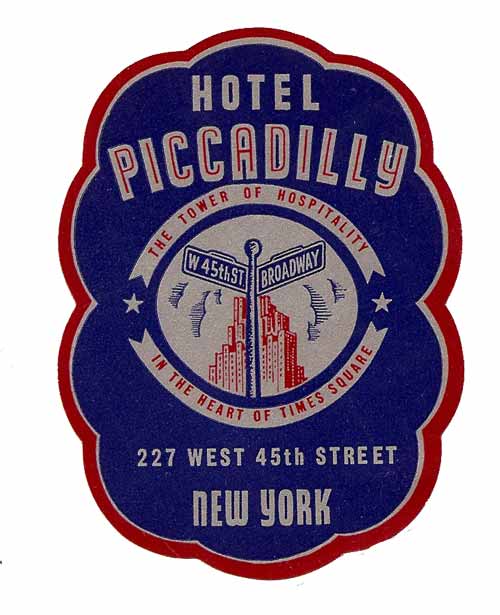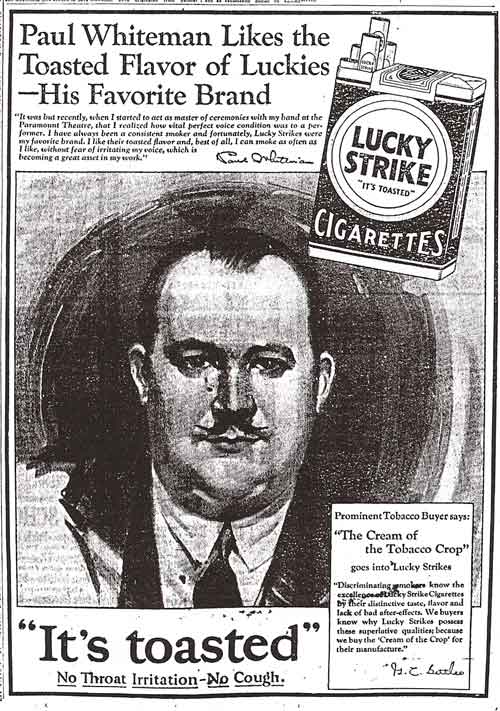
|
The lawn is free of snow for the first time in five months, and it’s a lovely sight – except for the many brown circles caused by dog urine or very small alien vessels that killed the grass when landing. As I looked out the window at the backyard I realized I should clean the glass, so I did that; then I thought I should knock down the old gazebo in preparation for the new one. The old one served us well but it had rotted and splintered, and the canvas roof was ripped and useless. A new one is ready to go. Once it was down I realized I should turn on the ornamental lighting, which is always the first true sign of spring around Jasperwood. Checked the bulbs. Six did not light. Off to Home Depot, then. That’s how it works: you start by cleaning a window, and three hours later you’re at the store buying halogen bulbs. A good weekend. The postcard show was Saturday, and I almost didn’t go. For some reason the thought of sitting in the same old room paging through the same old cards held no appeal. How many cards do I need, really? But I went, and I’m glad I did. I’ve gotten everything I’m going to get for Minneapolis and Fargo; now I’m collecting 1950s Main Streets. Also picked up a batch of motels for the annual summertime motel-season site upgrade. Hey, I’m the top google hit for Motel Postcards – have to live up to it somehow. (Even beat out motelpostcards.com, which is sweet.) Here’s something I found:
It's a hotel luggage sticker. The death of hard-shell luggage ended the travel-sticker genre, for the most part. What a pity. They would have thought us daft, fifty years ago, if they'd seen all the identical black bags roll off the baggage carousel. Why not jazz 'em up with stickers, pal? Show the world where you've been. The Piccadilly was knocked down for the Marriott Marquis, which is really one hell of a hotel. I stayed there for a week; loved the rooms and the hotel and the location, but I absolutely hated the glass elevators. Practically had to huff a bag of laughing gas to get on the things. Much more ephemera to come. This will be a week of picturesque Bleats. Watched “There Will Be No Country For Old Blood,” with Daniel Day-Lewis. (For some reason I lump “No Country” and “There Will Be Blood” together, as if they were one movie strangely split into two; they came out at the same time, and both were Serious Meditations on America, or something like that.) Very, very good, but a titch over-rated, I think. Day-Lewis was as good as advertised, although sometimes he appeared to be channeling Timothy Dalton impersonating Patrick Stewart’s impersonation of Sean Connery, with a few notes of Sam Elliot speaking through the moustache of Tom Selleck. (A little googling indicates that the voice was based on John Huston, which makes perfect sense.) I was surprised to see the film take on the subject of insincere fundamentalist preachers, though; that’s brave. Can they do that? The main character’s action towards his son at the end made no sense, either – unless we’re just supposed to think he’s mean, old, drunk, and vindictive. It would have been a different movie without the music. The score added something that wasn’t necessarily on the screen. It sounds like someone dumped out a box containing the ingredients for a horror-movie score. Odd skittering music laid over an unremarkable scene has a strange discordant effect; it separates the activity from the prosaic, mundane world and makes it ominous, laden with dread. When actually it's just a shot of a man driving into town. It kept my attention, and I enjoyed watching it, even though I felt myself disengaging from it by degrees in the last hour. Let's just not tell ourselves that it's a mark of great artistic insight to have the character get more insular and nasty as he gets richer, shall we? I'm not saying we should have lots of movies like The Biography of Andrew Carnegie (Scene one: urchin is thrown out library for having dirty hands. "I'll show you," he shouts through tears as the doors close. "Someday I'll have lots of money, and I'll open libraries everywhere so all the poor kids can read books!") but there was nothing dramatically innovative about the film. Like "Yuma," it made me long for "Deadwood." But I liked it more while watching it than thinking about it later, and I suppose that's what counts.
The third Warner Brothers’ “Gangster” set has arrived, and this means a return to the weekly screen grab festival. The discs have the "Night at the Movies" feature, which means a full slate of cartoons, newsreels, coming attractions, and featurettes. The cartoon had an interesting detail. I have little interest or patience for the early-thirties WB cartoons; wake me when the Looney Tunes get good. This one, however, has one of those things you get or you don’t. Here you go. It's a Flash file - mouse over, hit that play button.
I’ll explain at the bottom, if you don’t get it. Don’t feel bad if you don’t; it won’t be on the test. Also, there is no test. Can we have class outside today? Yes. Where was I? Oh. The Warner Brothers movie:
“Picture Snatcher” is a term for the low-down, amoral men whose lives had reached such a filthy, disreputable nadir that they took jobs as newspaper photographers. In this case, the Snatcher would either lift a photo from someone’s house or use disreputable means to get it. The film is played for light comedy and occasional barking-gat thrills – just what you’d expect when this guy is the hero:
It’s pre-code, so that’s why he’s naked in the tub. Anyway. Here’s the second question. Cagney’s finagled a seat in the visitor’s gallery at an execution. They’re frying a woman. Where does he wear the camera? Here, of course.
This would have meant something to audiences at the time; chances are they would have known the reference. It’s a snappy film buoyed along by Cagney’s charm and energy, but it’s also well-shot. You could use this in film school as a study in composition:
It also has something discussed last week: the details on fake newspapers. Here’s one:
Close-up about the severe blow dealt to French government:
Heh: "Frances Eccleston, 6, of 1334 North, came to the love nest before the other forts to carry on interantional radio of Cornell university." Mmmmm, that's good dummy copy. --- As for the cartoon, the guy who turns around would have been known by most people in the audience in the late 20s and early 30s:
He was known as the "King of Jazz," and was the fellow who introduced Gershwin's "Rhapsody in Blue" to a Carnegie Hall audience. Which makes the cartoon all the more remarkable, when you think about it. The caricature matches his logo on his records, but there was something else. The opening clarinet glissando was so recognizable, so much a part of the popular culture, that the cartoonists could slip it in a silly little animated novelty. Can't quite think of a modern analogue.
The Rifftrax project is here. Buy it! Cheap at twice the price, and if I don't screw up their sales too badly, I get to do another one. In case you don't know what it's all about, well, it's a Mystery Science Theater 3000-type snarky commentary track for Spider-Man 3. You pop the movie in your computer, start the Rifftrax audio file, and voila: MST3K-style comments on a big-budget, heavily copyrighted movie. -- New Matchbook. I’ll see you at buzz.mn!
|
|||||||||||||||||||||||||||||
...









